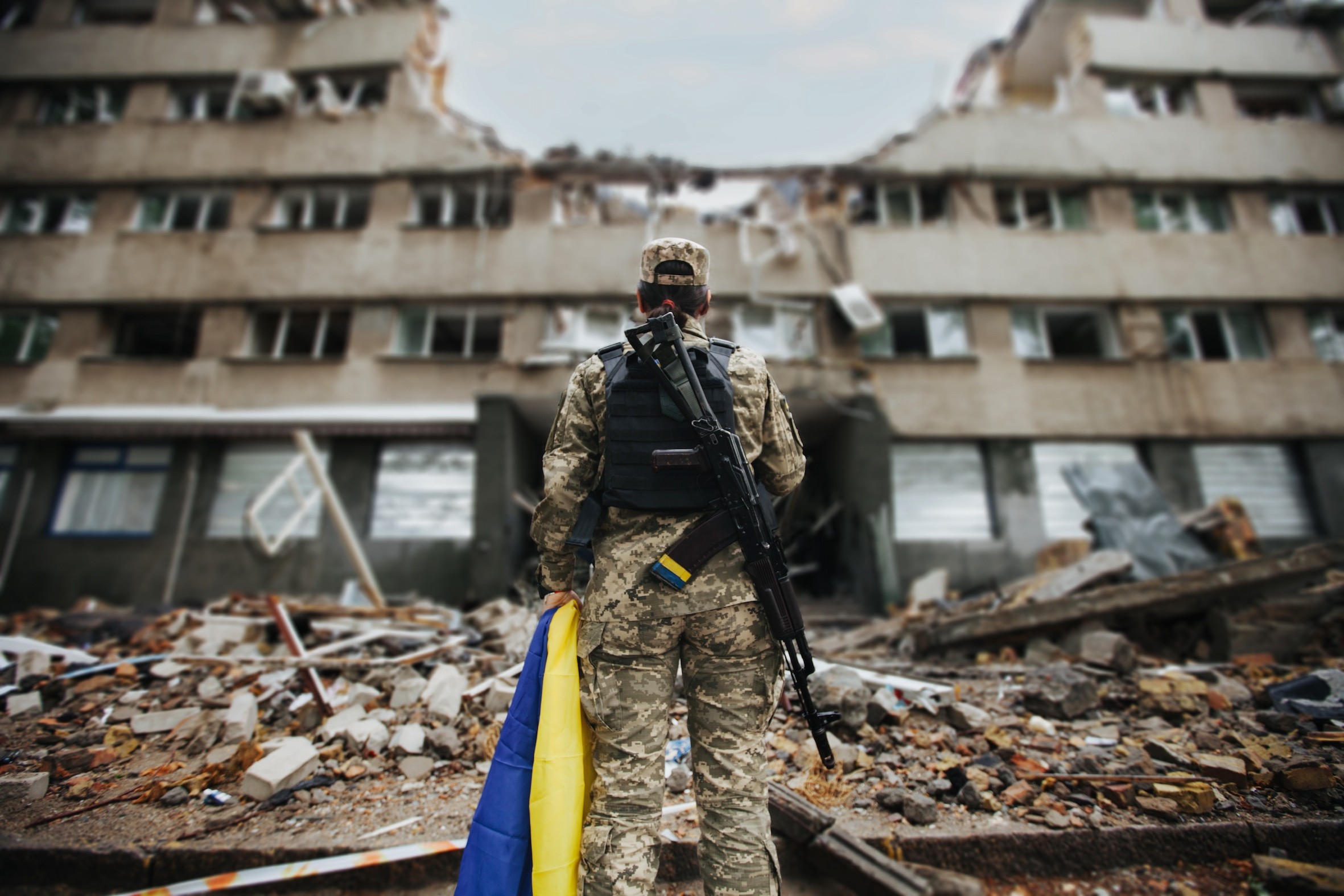A Proposal
All military hostilities will cease on a designated date, and a ceasefire will take effect. Both warring parties guarantee that no paramilitary groups will operate in the territories under their control.
Both warring parties renounce all territorial claims regarding areas that have belonged to Ukraine under international law since 1991 but are under Russian military control on the day of the ceasefire. Additionally, Russia renounces annexed territories under Ukrainian military control on the day of the ceasefire. (If necessary, a small-scale territorial exchange may occur for alignment.)
Russia and Ukraine aim to establish one or more states with limited sovereignty (SES states). These states will be formed in territories that have belonged to Ukraine under international law since 1991 but are under Russian military control on the day of the ceasefire. Ukraine and Russia declare their intention to establish the SES states in accordance with international law, e.g., by ratifying a peace treaty containing this goal or through referendums.
The creation of the SES states requires approval from the resident population in an internationally monitored, free referendum. Eligible voters include all legal adult residents of the affected areas as of the last time they were under Ukrainian administration. The referendum will be conducted by the United Nations. If the population does not approve, the peace agreement fails. If approved, Ukraine will withdraw from the Kursk region and all other occupied Russian territories.
During the referendum, the SES states will also adopt a constitution, which will enshrine democracy, universal and secret suffrage, and fundamental rights as outlined in the European Convention on Human Rights and the European Social Charter. Private property rights will be fundamentally guaranteed.
The SES states will govern their internal affairs independently. Internal matters include all civilian life issues subject to state regulation, such as financial sovereignty and law enforcement. Citizens of the SES states will enjoy unrestricted freedom of travel.
The SES states will join the United Nations, the International Atomic Energy Agency, and the Nuclear Non-Proliferation Treaty. They may join other international organizations, provided these serve only civilian purposes. SES states are also free to enter trade and investment agreements among themselves or with third parties.
In external and security policy, the SES states will have limited sovereignty until further notice. International agreements with third parties involving security matters require Russia's approval. Full sovereignty restoration will require Russia's consent.
The SES states will have the right to establish their own armed forces for national defense. They will sign a friendship treaty with Russia, granting Russia the right to station troops and weapons in the SES states. In return, Russia pledges to defend the SES states against external attacks upon request.
Ukraine (referring to the area under Ukrainian control on the day of the ceasefire) will either become a NATO member or receive equivalent security guarantees from NATO. A subsequent NATO membership would require a peace treaty amendment. NATO commits not to station foreign troops or weapons in Ukraine or operate in its airspace. This commitment is void if Ukraine is attacked from Russian or Belarusian territory or if the democratic constitution of any SES state is substantially undermined.
Russia commits not to object to Ukraine joining the EU. Ukraine is free to meet the necessary criteria for EU membership and the European Economic Area (EEA) as a preliminary step.
The United Nations will establish a Ukraine Peace Fund of at least €500 billion through loans guaranteed by UN member states (e.g., proportionally to their pre-war trade volume with Ukraine). The fund will allocate resources based on market principles, counteract corruption, and ensure equal market access for investors.
The resources of the Peace Fund shall be used
- for the repair of war damage and economic reconstruction in war zones,
- to support people who have suffered particularly severe physical or material damage as a result of the war,
- to compensate Ukraine for the loss of assets that become the property of the SLS states (special provisions for natural resources, see point 14),
- to restructure the Ukrainian public debt (see point 15).
State-owned enterprises and natural resource deposits, whose assets are primarily located in SLS states, shall be jointly managed and utilized by Ukraine and the SLS states. To this end, an organizational structure shall be established that could, for example, be based on the former European Coal and Steel Community.
Ukraine’s sovereign debt will be restructured using the Peace Fund to ensure long-term debt sustainability.
Russia pledges to return all Ukrainian children brought to Russian territory to their Ukrainian parents. Prisoners of war on both sides will be released with the right to emigrate to a country of their choice.
All economic sanctions and travel restrictions imposed during the war will be lifted. Both parties renounce reparations claims and endorse an "oblivion clause" to serve as the foundation for future relations.
In case of disagreements regarding the interpretation or enforcement of the agreement, the conflict parties commit to peaceful dispute resolution through diplomatic means under international law, potentially with mediation by neutral third-party states or UN entities.
